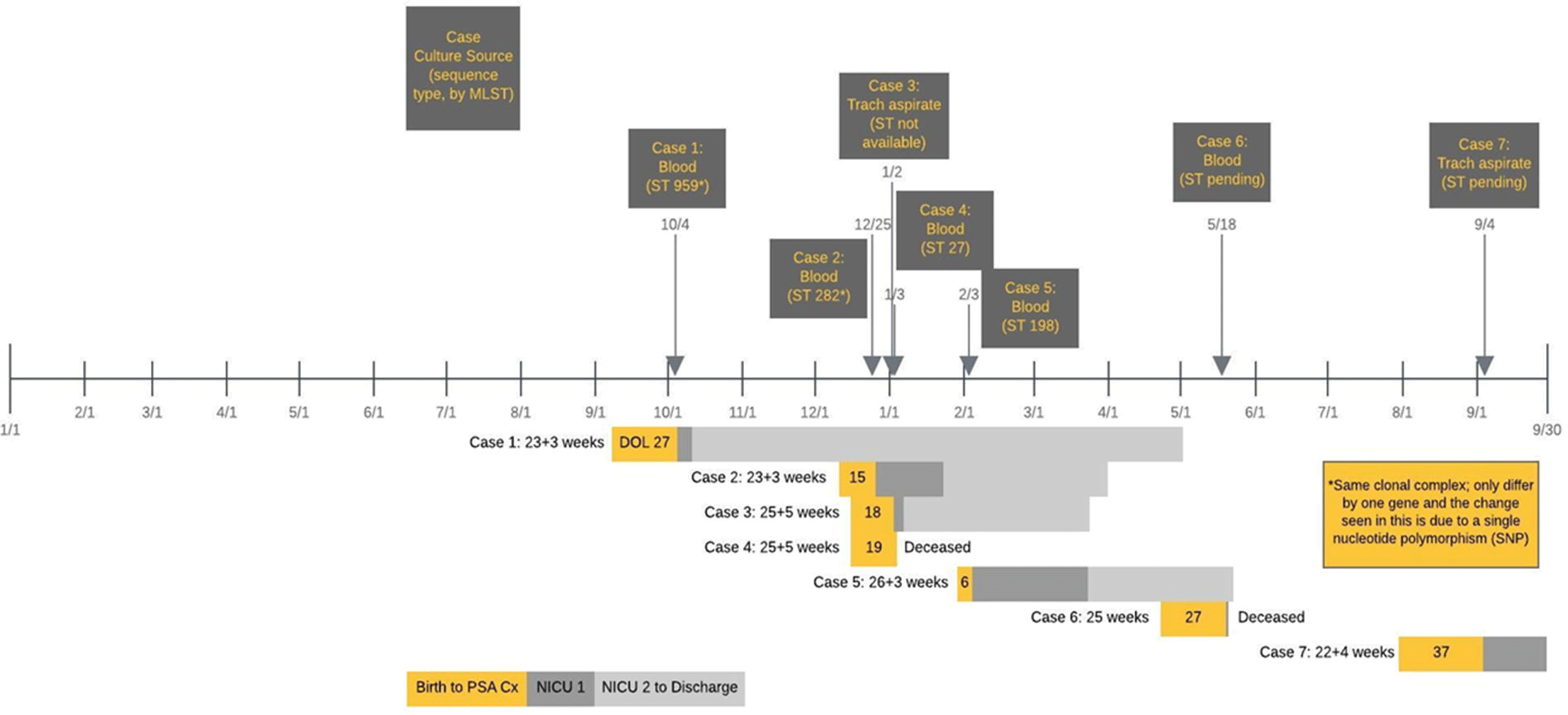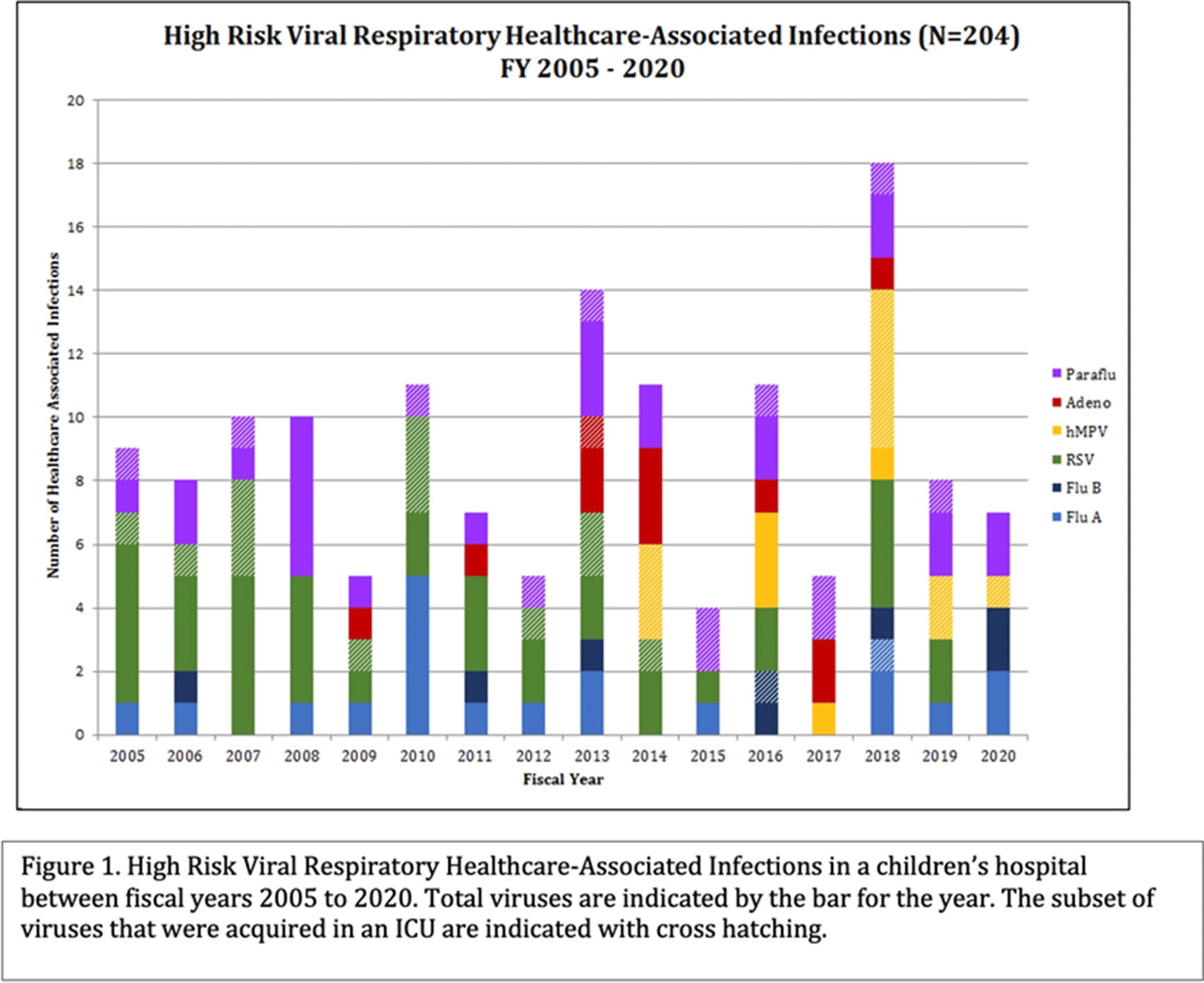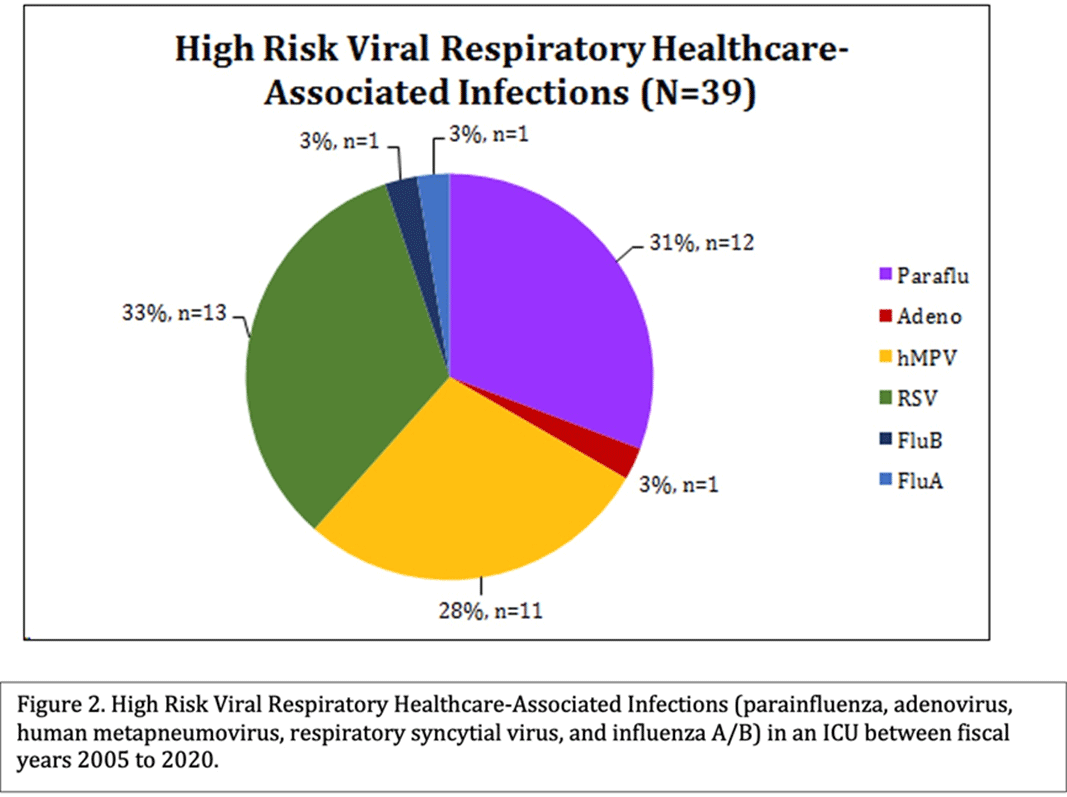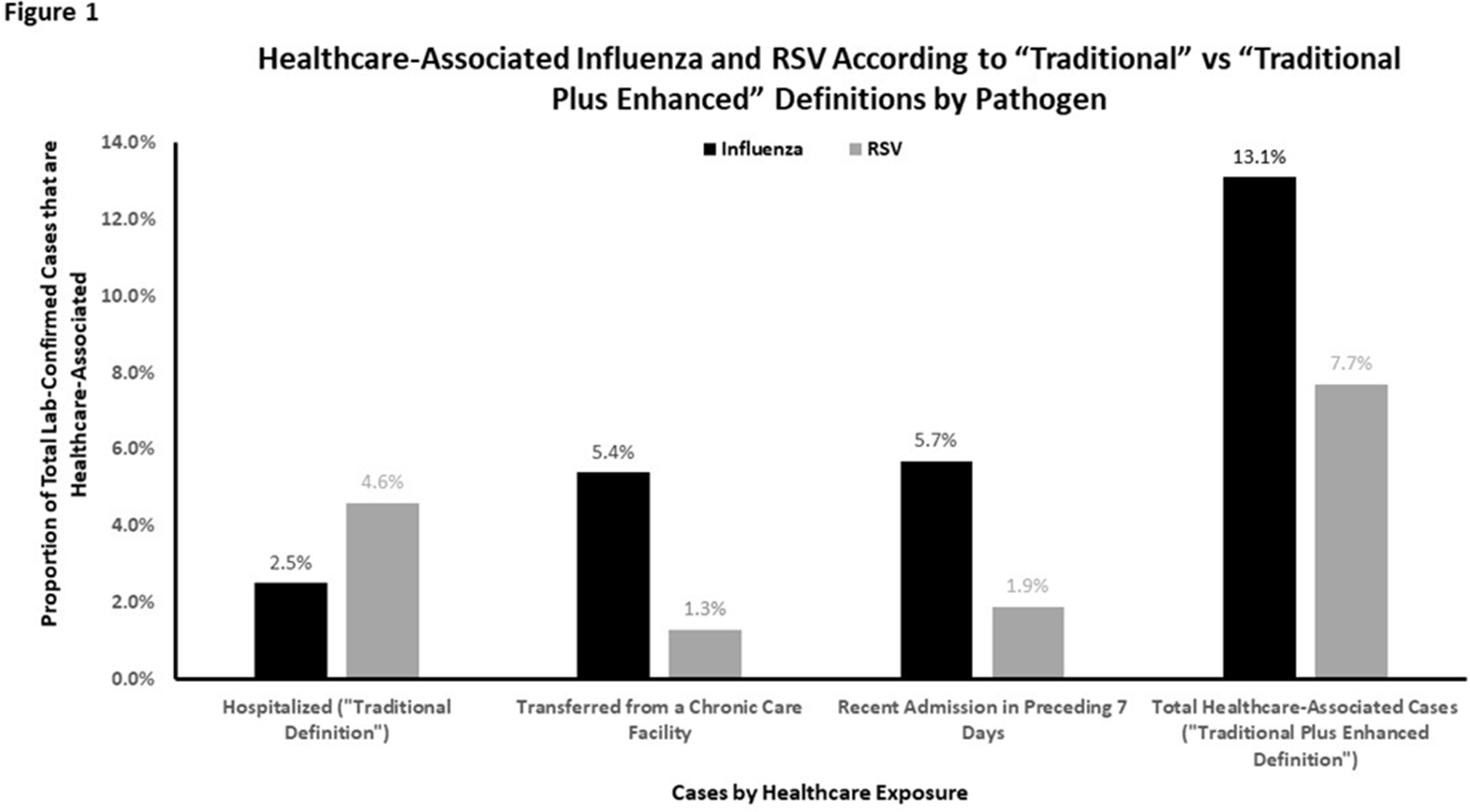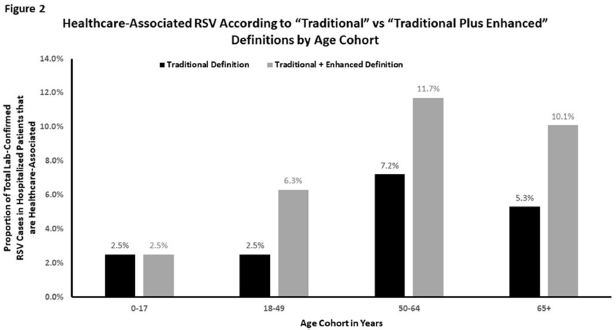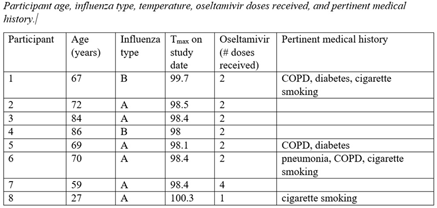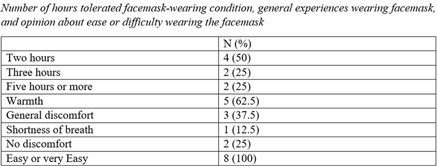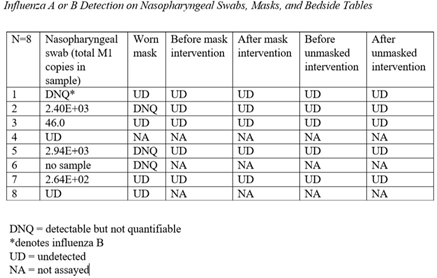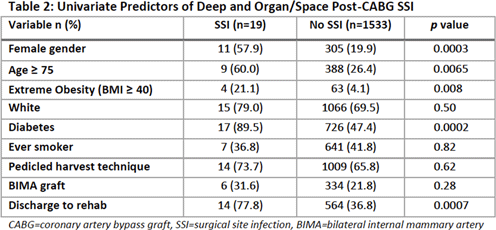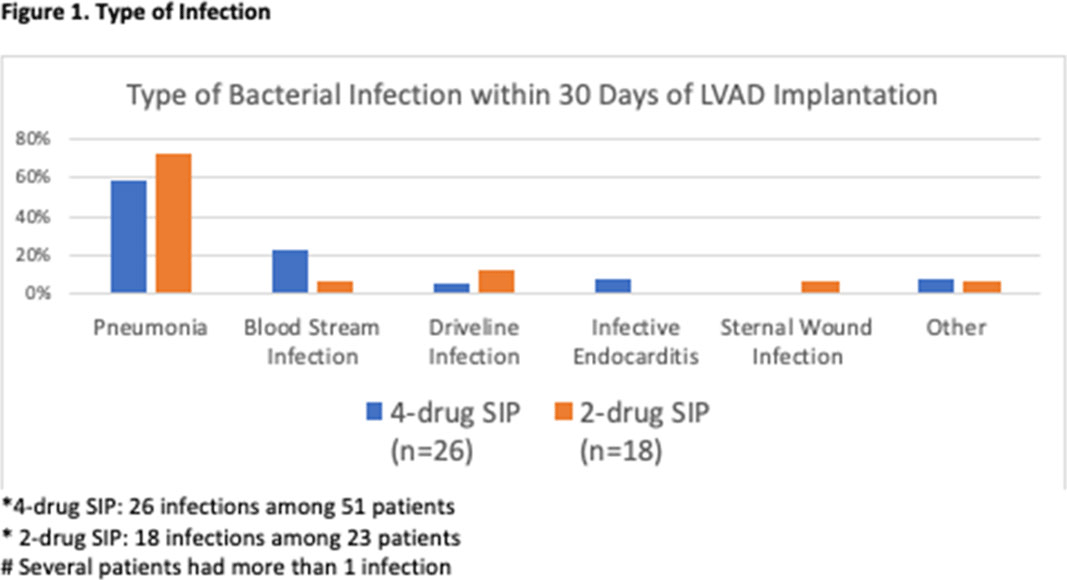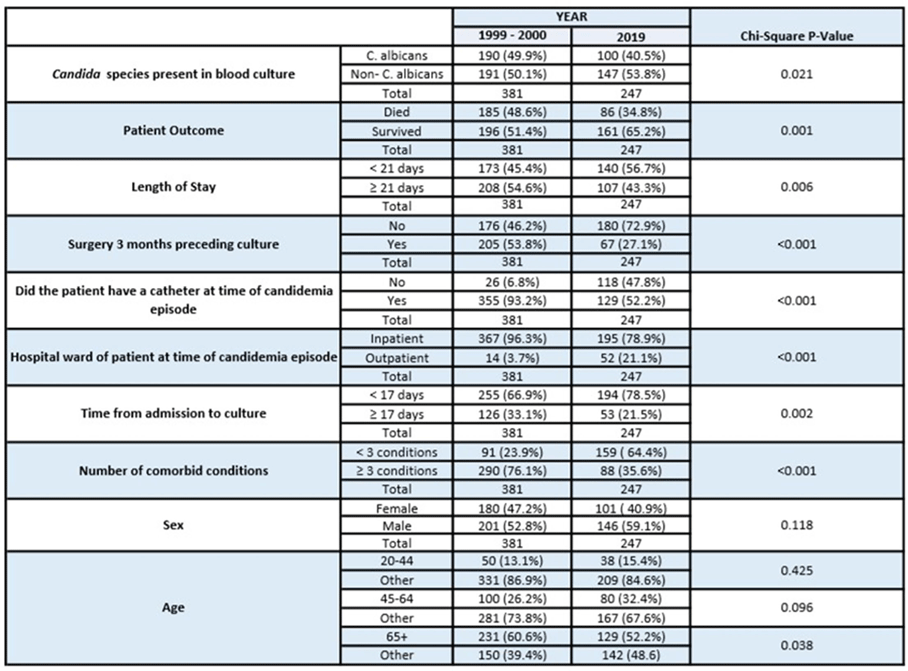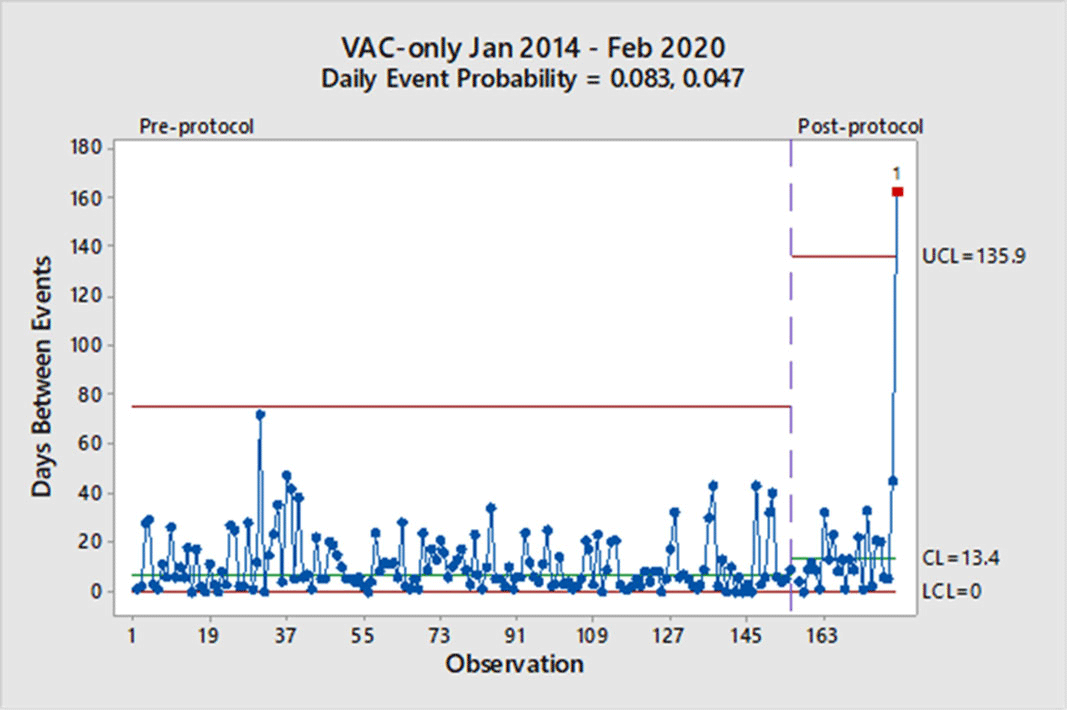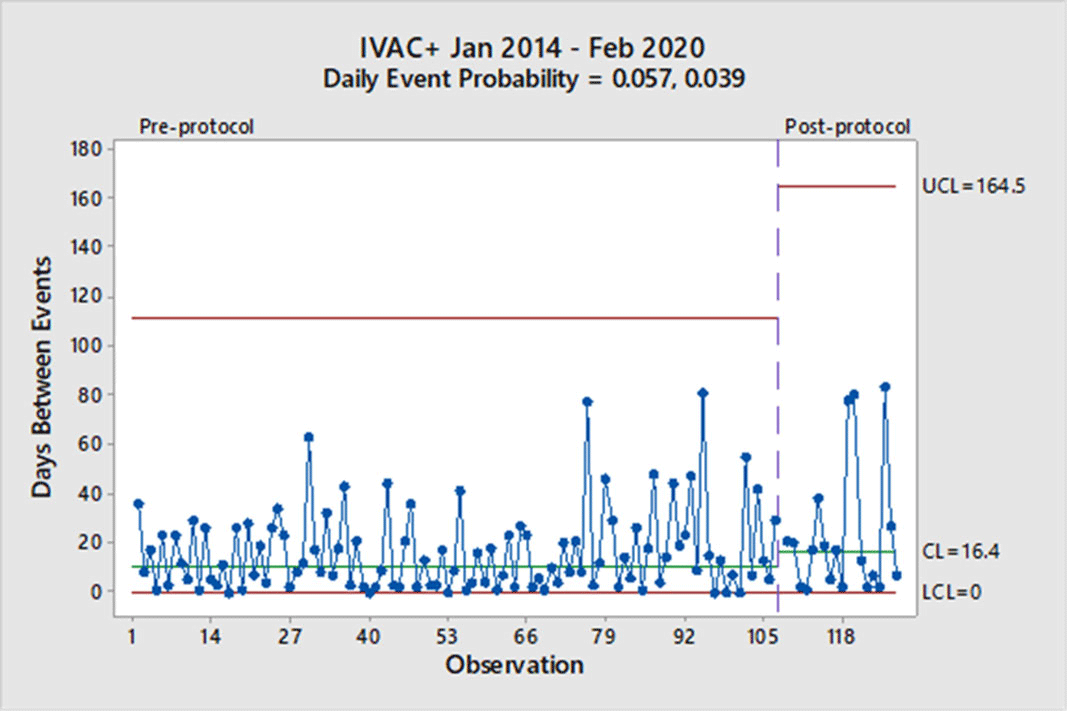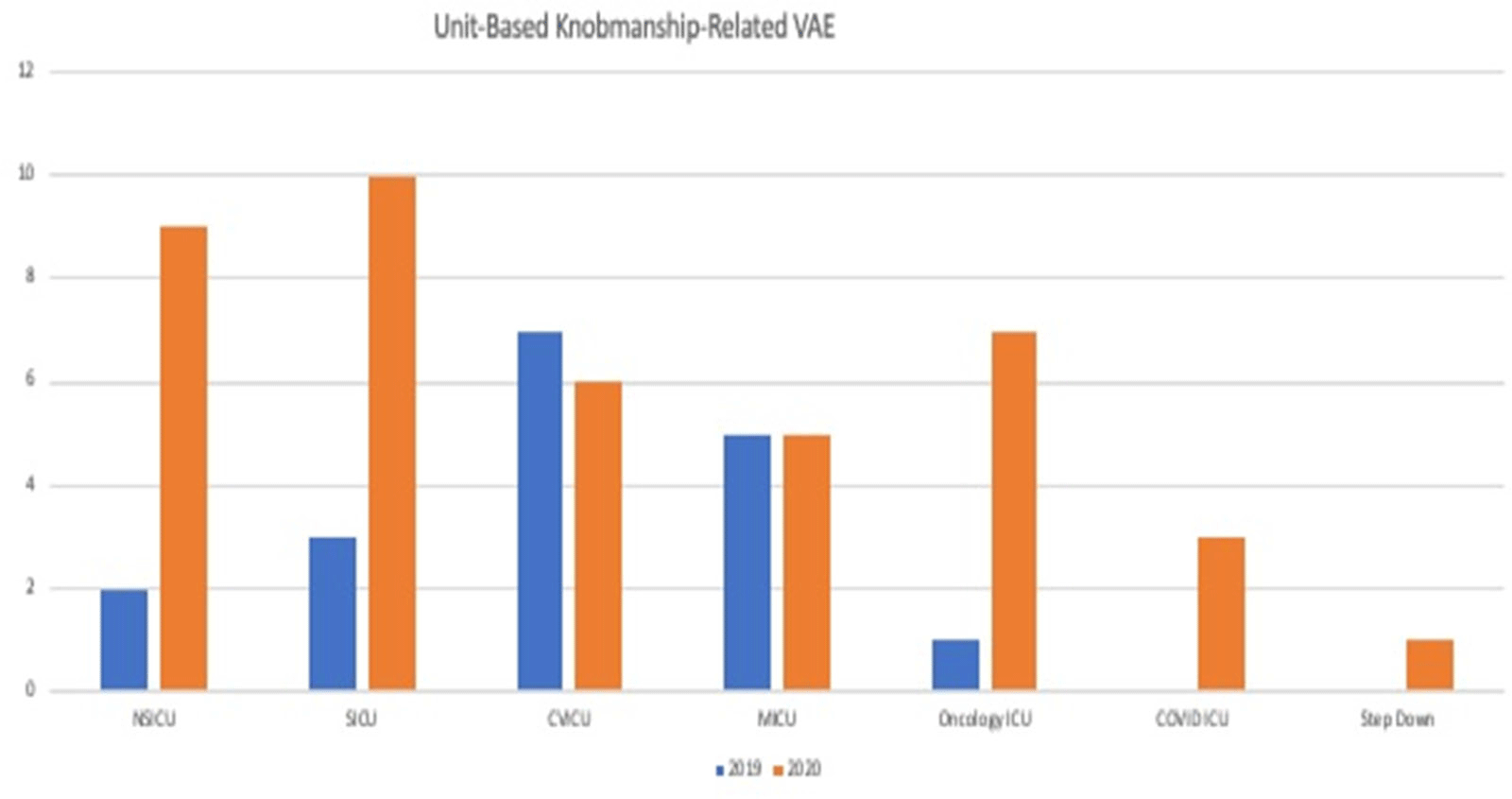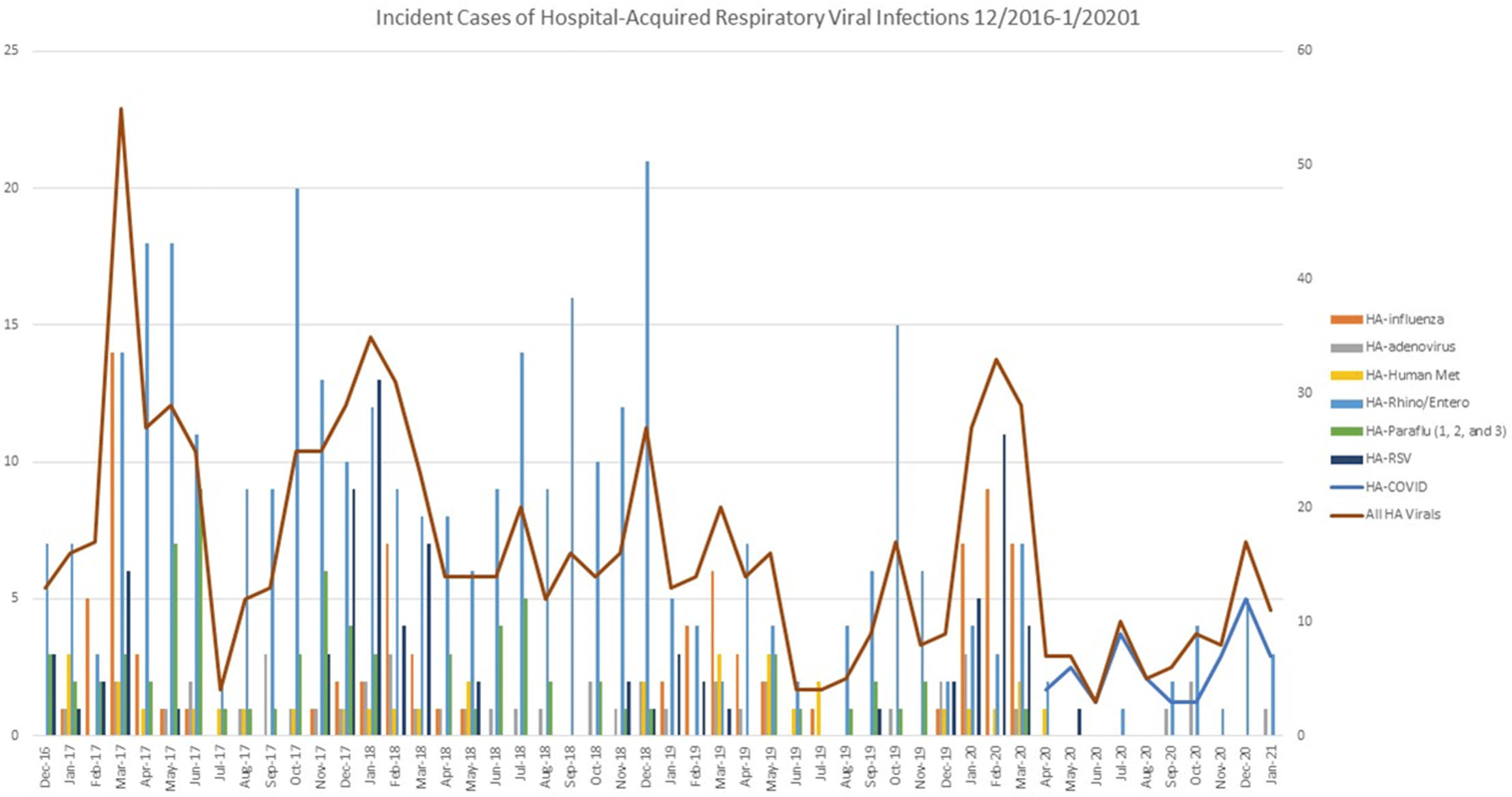Poster Presentation
Outbreaks
Klebsiella pneumoniae Carbapenemase (KPC)–Producing K. pneumoniae Contamination of an In-Room Sink in a New Bed Tower
-
- Published online by Cambridge University Press:
- 29 July 2021, p. s73
-
- Article
-
- You have access
- Open access
- Export citation
Patient Safety
Implementation of a Quality Improvement Role for Unlicensed Assistive Personnel and Effects on Infection Prevention
-
- Published online by Cambridge University Press:
- 29 July 2021, pp. s73-s74
-
- Article
-
- You have access
- Open access
- Export citation
How Do Safety Climate Ratings Relate to Attitudes Towards and Knowledge About Surgical Site Infection Prevention Measures?
-
- Published online by Cambridge University Press:
- 29 July 2021, p. s74
-
- Article
-
- You have access
- Open access
- Export citation
Risk of Methicillin-Resistant Staphylococcus aureus (MRSA) and Vancomycin-Resistant Enterococcus (VRE) Acquisition in Ambulances: A Retrospective Propensity Score-Matched Cohort Analysis
-
- Published online by Cambridge University Press:
- 29 July 2021, p. s74
-
- Article
-
- You have access
- Open access
- Export citation
Pediatrics
Cluster of Invasive Pseudomonas aeruginosa Infections in a Neonatal Intensive Care Unit
-
- Published online by Cambridge University Press:
- 29 July 2021, pp. s74-s75
-
- Article
-
- You have access
- Open access
- Export citation
Healthcare-Associated Viral Respiratory Infections in a Pediatric Intensive Care Unit and Cardiovascular Intensive Care Unit
-
- Published online by Cambridge University Press:
- 29 July 2021, pp. s75-s76
-
- Article
-
- You have access
- Open access
- Export citation
Respiratory Viruses
Working with Respiratory Illness: Presenteeism Among Healthcare Personnel at Tertiary-Care Hospitals in Bangladesh, 2008–2016
-
- Published online by Cambridge University Press:
- 29 July 2021, p. s76
-
- Article
-
- You have access
- Open access
- Export citation
Respiratory Viruses Other than SARS-CoV-2
Respiratory Syncytial Virus: An Underrecognized Healthcare-Associated Infection
-
- Published online by Cambridge University Press:
- 29 July 2021, pp. s76-s77
-
- Article
-
- You have access
- Open access
- Export citation
Other
Facemasks for Source Control: Testing Influenza Transfer to Bedside Tables
-
- Published online by Cambridge University Press:
- 29 July 2021, p. s77
-
- Article
-
- You have access
- Open access
- Export citation
SSI
Incidence and Risk Factors for Surgical Site Infection Following Coronary Artery Bypass Graft Procedures
-
- Published online by Cambridge University Press:
- 29 July 2021, pp. s77-s78
-
- Article
-
- You have access
- Open access
- Export citation
The Impact of Narrowing Perioperative Antibiotic Prophylaxis for Left-Ventricular-Assist Device Implantation
-
- Published online by Cambridge University Press:
- 29 July 2021, p. s78
-
- Article
-
- You have access
- Open access
- Export citation
Surveillance/Public Health
Prevalence of Healthcare-Associated Infections at the National Hospital During the COVID-19 Pandemic in Peru
-
- Published online by Cambridge University Press:
- 29 July 2021, pp. s78-s79
-
- Article
-
- You have access
- Open access
- Export citation
Multifacility Outbreak of NDM/OXA-23–Producing Acinetobacter baumannii in California, 2020–2021
-
- Published online by Cambridge University Press:
- 29 July 2021, p. s79
-
- Article
-
- You have access
- Open access
- Export citation
Surveillance of Candidemia in Connecticut: An Epidemiological Comparison Between Two Periods
-
- Published online by Cambridge University Press:
- 29 July 2021, pp. s79-s80
-
- Article
-
- You have access
- Open access
- Export citation
VAE
Does a Starting Positive End-Expiratory Pressure of 8 cm H2O Decrease the Probability of a Ventilator-Associated Event?
-
- Published online by Cambridge University Press:
- 29 July 2021, p. s80
-
- Article
-
- You have access
- Open access
- Export citation
Knobmanship: Dialing Up Understanding of VAE Triggers
-
- Published online by Cambridge University Press:
- 29 July 2021, pp. s80-s81
-
- Article
-
- You have access
- Open access
- Export citation
Viral Infections
Impact of a Comprehensive SARS-CoV-2 Infection Prevention Bundle on Rates of Hospital-Acquired Respiratory Viral Infections
-
- Published online by Cambridge University Press:
- 29 July 2021, p. s81
-
- Article
-
- You have access
- Open access
- Export citation
Front Cover (OFC, IFC) and matter
ASH volume 1 issue s1 Cover and Front matter
-
- Published online by Cambridge University Press:
- 29 July 2021, p. f1
-
- Article
-
- You have access
- Export citation

